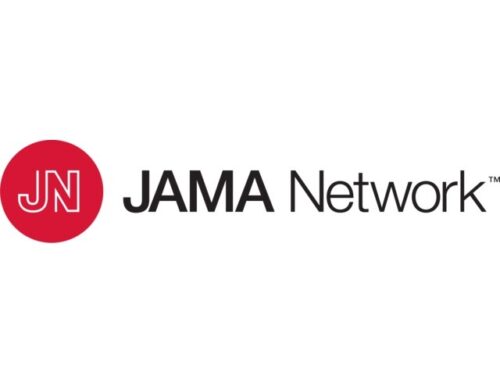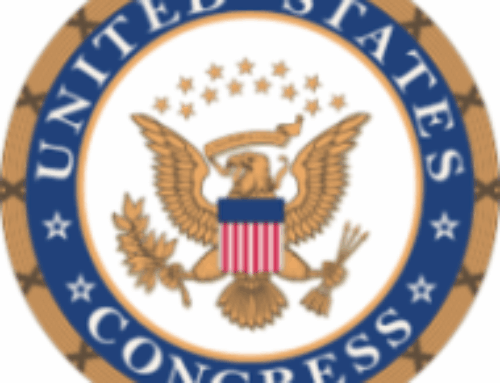CENTER UPDATE | SEPTEMBER 2024
In this Issue:
- Chronic Disease Flexible Coverage Act (H.R. 3800)
- Inflation Reduction Act Provision Will Save Seniors Over $1K Per Year
- Allowing Medicare to Negotiate Drug Prices Remains Broadly Popular
- Voting is Critical to the Pursuit of Health Equity
- Data Shows Older Adults Face Financial Barriers to Prescription Drugs
- Consumer Out-of-Pocket Drug Prices Grew Faster than Prices Faced by Insurers
- Association between Cost-Sharing and Buprenorphine Prescription Abandonment
- New CFPB Rule Seeks to Remove Medical Debt Data from Certain Credit Reports
- New Jersey Cancels $100M in Medical Debt for Almost 50K Patients
- Phifer’s Clinic: A Blueprint for Health, Savings, and Employee Well-Being

Chronic Disease Flexible Coverage Act (H.R. 3800) Passes the House of Representatives
On September 17, the House of Representatives voted to pass H.R. 3800, The Chronic Disease Flexible Coverage Act. The act would codify Internal Revenue Service guidance relating to treatment of certain services and items for chronic conditions as meeting the preventive care deductible safe harbor for purposes of high deductible health plans in connection with health savings accounts.

Inflation Reduction Act Cap on Drug Costs Will Save U.S. Seniors Over $1K Per Year
More than 3 million enrollees (8.4%) are estimated to benefit from a cap on out-of-pocket spending on Medicare Part D medicines, according to a study by AARP and Avalere. Researchers estimate that between 2025 and 2029, 4.1 million Part D enrollees (9.6%) will hit the cap and save an average of $1,100 per year. The annual $2,000 out-of-pocket cap for Medicare Part D enrollees was a provision of the Inflation Reduction Act of 2022.
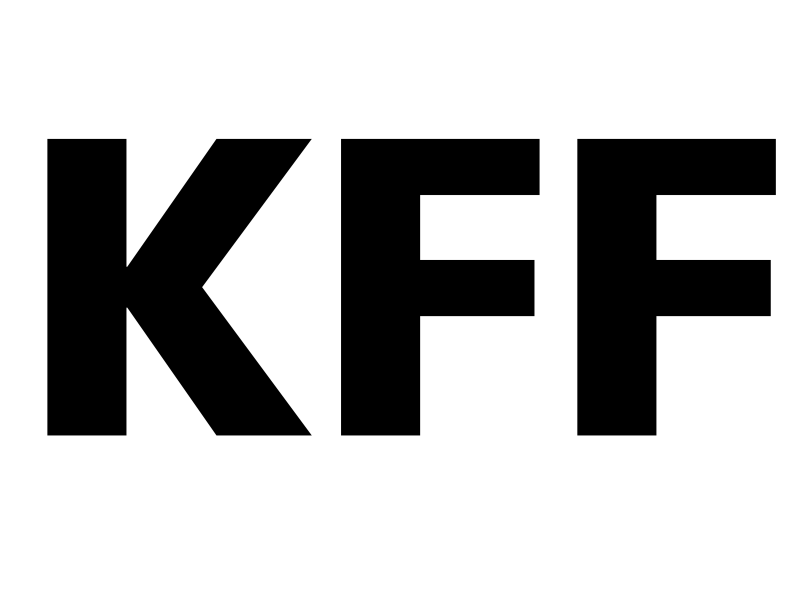
Allowing Medicare to Negotiate Drug Prices Remains Broadly Popular Among Voters
A recent KFF Health Tracking Poll reveals strong bipartisan support for allowing Medicare to negotiate drug prices, with 85% of voters backing the policy. However, millions more Medicare beneficiaries will see savings on their medications as a result of V-BID elements of the Inflation Reduction Act of 2022 – such as insulin cost caps, free vaccines, and out-of-pocket spending limits – rather than on drug price negotiations, that have the potential to decrease medication access for many seniors.

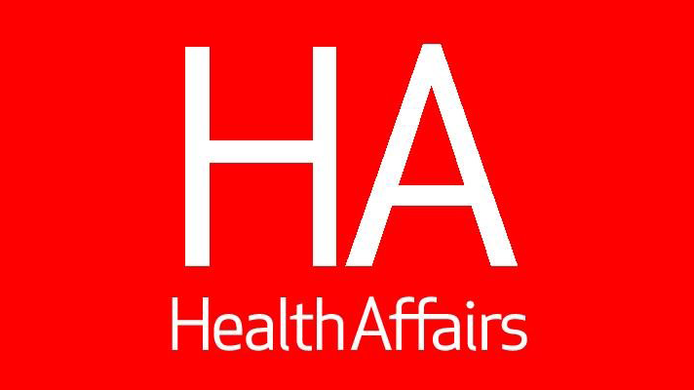
Voting is Critical to the Pursuit of Health Equity
Voting has been officially recognized as a key public health priority with its inclusion as a core objective in the Healthy People 2030 goals, say authors of a Health Affairs Forefront. This recognition underscores the significant impact voting has on health outcomes, with evidence linking higher voter participation to better health indicators. Organizations like the American Public Health Association and the American Medical Association have highlighted the need for addressing political determinants of health, emphasizing how civic engagement can influence health policies and outcomes.


Data Shows Older Adults Face Financial Barriers to Prescription Drugs
According to an analysis by the National Center for Health Statistics, financial barriers continued to affect access to medications for older adults in 2021-2022. 3.6% couldn’t afford prescriptions in the past year, and 3.4% didn’t take them as prescribed due to cost. For both measures, cost-related nonadherence was 6x higher among older adults facing food insecurity and more than 2x as common among those in fair or poor health or with disabilities.
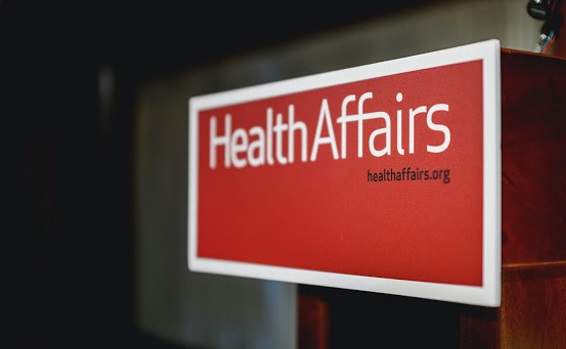
Consumer Out-of-Pocket Drug Prices Grew Faster than Prices Faced by Insurers
A new study highlights how rising out-of-pocket expenses, particularly deductibles and coinsurance, place a heavier burden on consumers, especially those with lower incomes. It found that while pharmacy prices rose by 9.1% each year from 2007 to 2020, prices negotiated by insurance companies—after rebates—only grew by 4.3%. However, consumers’ out-of-pocket costs, such as copays and deductibles, increased by 5.8% annually after 2016, even though insurance prices stayed the same.

Association between Cost-Sharing and Buprenorphine Prescription Abandonment
Recent research examining the link between cost-sharing and abandonment of buprenorphine prescriptions (a treatment for opioid use disorder) found that while prescription abandonment was rare, it increased slightly with higher out-of-pocket costs. For every $10 increase in cost-sharing, the likelihood of abandonment rose by 0.09 percentage points. However, patients with no prior buprenorphine use were more likely to abandon prescriptions when faced with higher costs.


New CFPB Rule Seeks to Remove Medical Debt Data from Certain Credit Reports
The Consumer Financial Protection Bureau (CFPB) has proposed a new rule to protect patients from medical debt by banning its inclusion in certain credit reports and limiting creditors’ ability to use medical bills in lending decisions. This rule would also restrict aggressive debt collection practices and prohibit repossessing medical devices as collateral. The proposal is especially aimed at helping low-income, older, and rural populations who are disproportionately affected by medical debt.
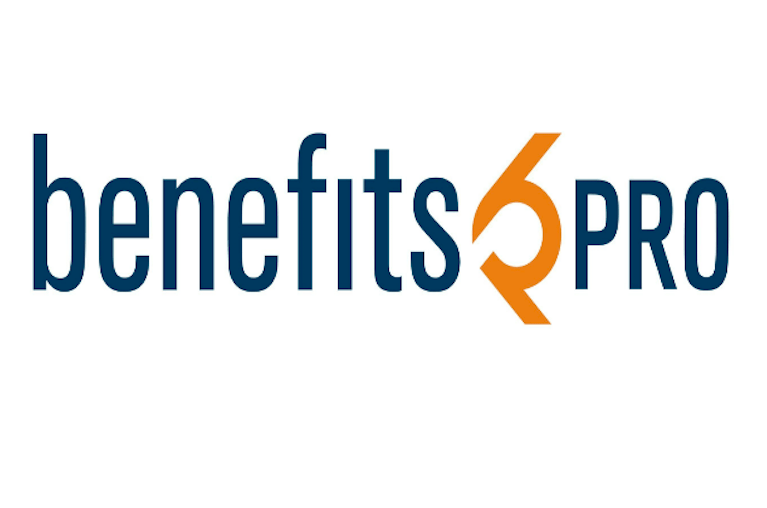
New Jersey Cancels $100M in Medical Debt for Almost 50K Patients
New Jersey Governor Phil Murphy announced a major initiative to cancel medical debt for thousands of residents, making healthcare more affordable and accessible. Using $550,000 from the 2021 American Rescue Plan Act, the state partnered with Undue Medical Debt to forgive $61.6 million owed to Prime Healthcare hospitals and $38.4 million in additional debt from other providers. This effort follows similar initiatives across the U.S., aiming to alleviate the burden of medical debt and protect patients from predatory debt collectors.

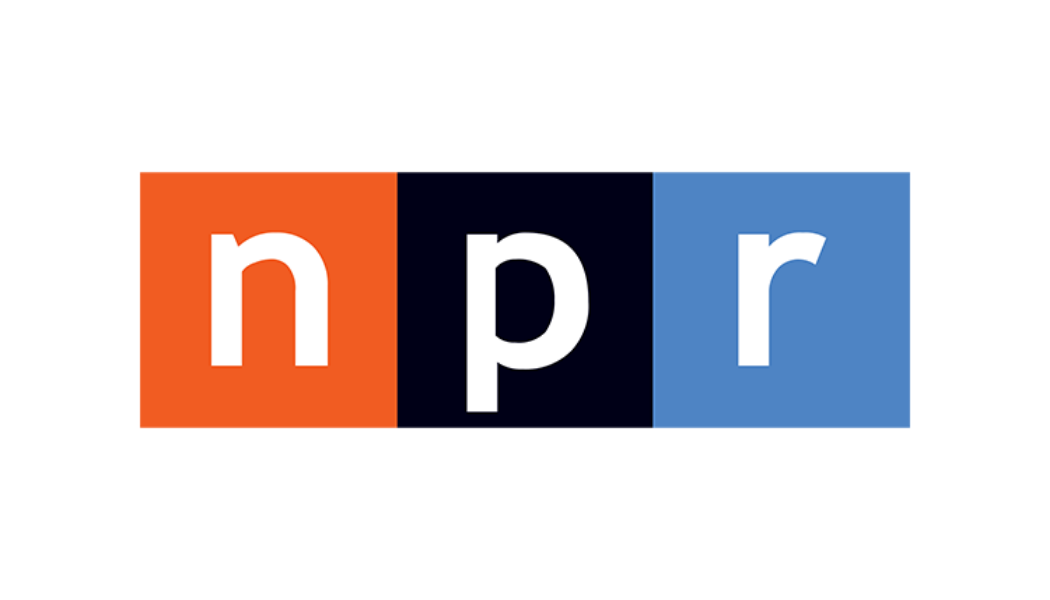
Phifer's Clinic: A Blueprint for Health, Savings, and Employee Well-Being
Phifer, a manufacturing company in Alabama, opened its own clinic to provide free healthcare and prescriptions for employees and their families, aiming to reduce healthcare costs and employee medical debt. This initiative has saved the company significant money, allowing it to offer additional benefits such as a free summer camp and college scholarships. Employees report improved financial health and better retirement savings, with many also experiencing better physical health. Phifer’s approach contrasts with the high out-of-pocket expenses faced by many U.S. workers, showing that investing in preventive care can yield big dividends for both a company and its staff.
Please Help Support the V-BID Center
As a non-profit entity, the V-BID Center relies on fundraising to support our research, education, and policy efforts. Please help us continue our work by donating here. We truly appreciate your consideration.





